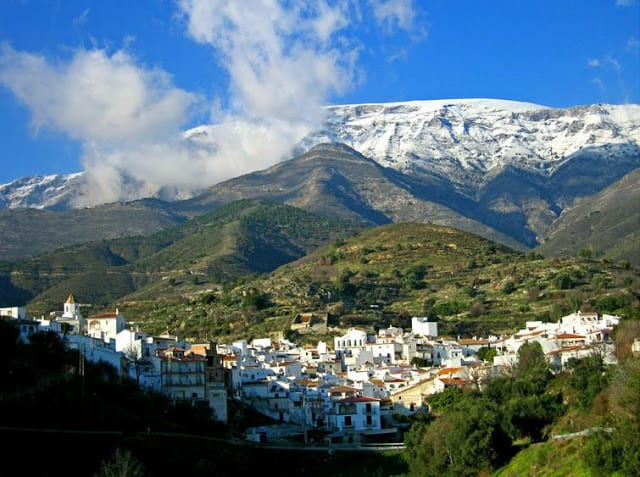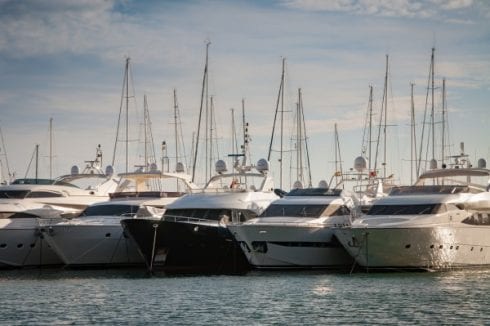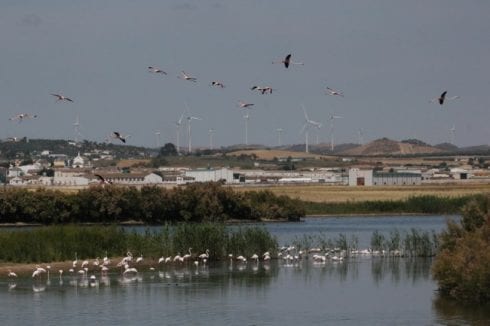
AXARQUIA is home to the poorest and richest towns in Malaga province.
And although only 19 km apart geographically, they are separated by a massive income divide.
Rincón de la Victoria is the province’s wealthiest town with an average annual income of more than double neighbouring Almáchar’s, new figures released by Spain’s inland revenue reveal.
The average pre-tax income in Rincón is €26,228 a year, while in nearby Almáchar it drops by over €15,000 to a measly €10,955.
Almáchar was also ranked as the third-poorest town in the whole of Spain, while Rincón was ranked 15th wealthiest town in Andalucía, and 253rd in Spain.

Both towns used to be similar in size and wealth, as Rincon started life as a small fishing village. However, while Almáchar has remained dependent on agriculture, Rincon’s proximity to the sea, Málaga city and the airport has seen its growth skyrocket and tourism is now its main industry.
Despite housing just 13% of the total population of Málaga province, the five poorest towns in Málaga can all be found in little Axarquía, with Arenas, Benamargosa, Comares and Canillas de Aceituno also at the bottom of the income table.

Following Rincon on the provincial rich list were Benahavís, Málaga city, Alhaurín de la Torre and Marbella. One of the wealthiest provinces in Andalucía, with an average income per capita of €21,479, €700 above the regional average,it still sits more than €3,000 below the national average of €24,740.
Tiny Almáchar has a population of just 1,890. Surrounded by vineyards, olive groves, wheat fields and small orchards, it is one of the towns on the Ruta de la Pasa, named after the raisins which are produced using old-fashioned drying methods. This dependence on agriculture is linked to the name of the town itself, which comes from the Arabic ‘machar’, meaning “meadow”.
Rincón, in contrast, is a large dormitory town of 42,688 residents. Many residents are young professionals who commute the 12km to work in Málaga city. Unlike landlocked Almáchar, Rincón’s coastal location is a huge draw for both Spanish and foreign tourists.
A popular place for Spaniards to own holiday homes, Rincon’s population triples in summer months. Tourist attractions include an 18th century fort built to defend the coast against English pirates, which now doubles as an art gallery and occasional concert hall. The town also boasts a Treasure Cave – the only sea grotto in Europe which is open to visitors.
But income-poor Almáchar is not without its tourist attractions: the town boasts beautiful views as well as a rich local history. Legend has it that the Moors buried their treasures in a cave under the town fountain before being expelled during the Christian Reconquest.
Click here to read more News from The Olive Press.








